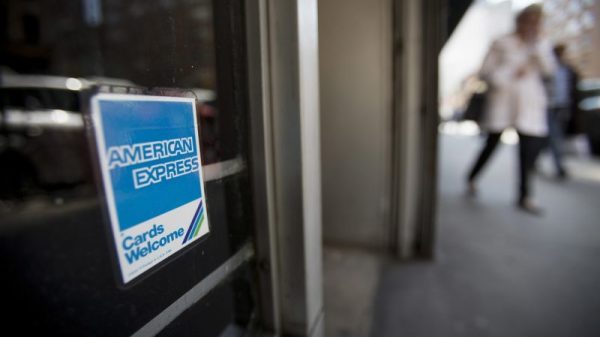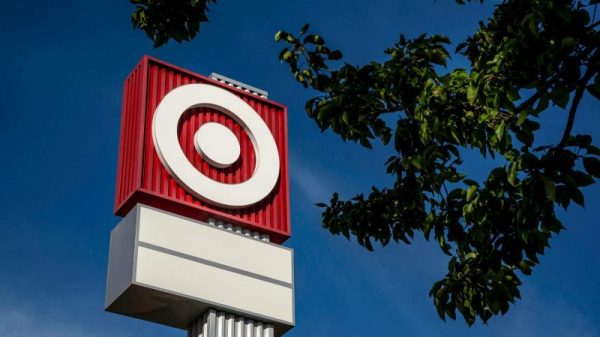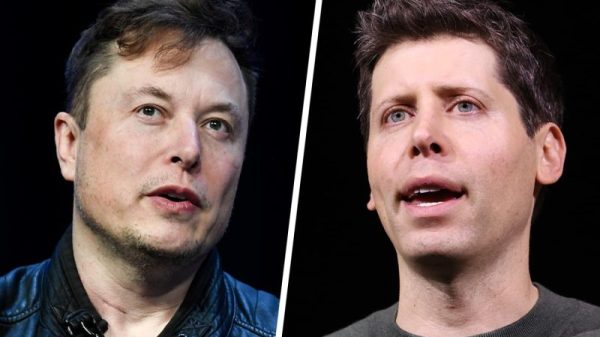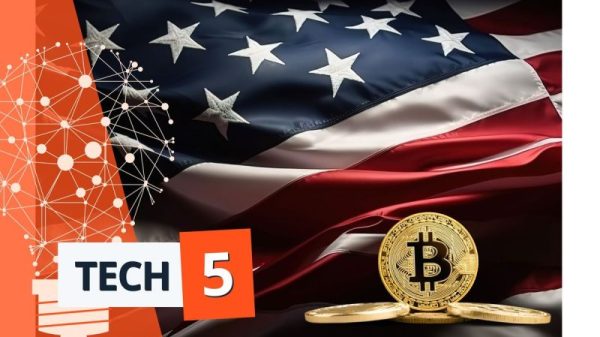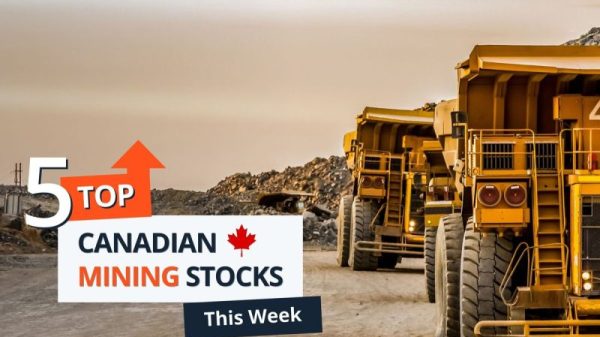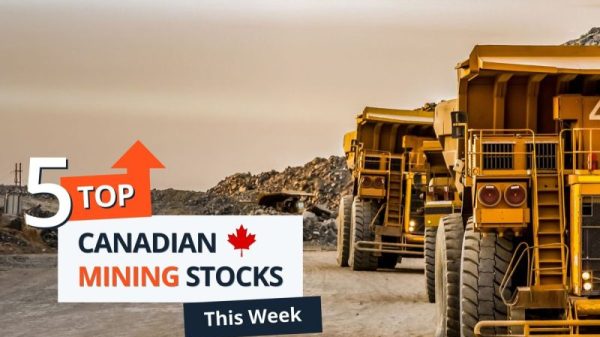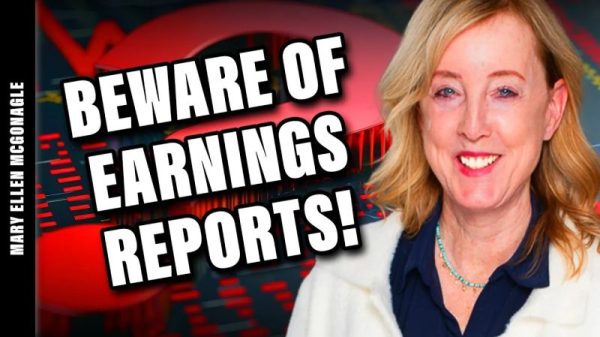MINNEAPOLIS — Days after George Floyd was murdered in 2020, as the video of the last moments of his life ricocheted around the country and sent waves of demonstrators onto Minnesota streets, Gov. Tim Walz (D) sat in a room with public safety officials and pondered his options.
The protests were growing increasingly violent, and the Minneapolis mayor had requested that Walz send the National Guard to help. To Walz, the question was not just how many guard members he could muster, but what they would do when they got there.
“There were people out in those streets who were in grief over decades of systemic racism — they saw murder,” Walz recalled of the deliberations in a 2021 interview with a Washington Post reporter for a book about Floyd’s life and legacy. “And there were people out in those streets that didn’t care and who didn’t know who George Floyd was, and meant to do harm. I had to make sure that I was clearly making decisions … to create a space where those folks could protest.”
Walz’s decisions in those painful, pivotal days after Floyd was killed are facing newfound scrutiny now that Vice President Kamala Harris has selected Walz as her running mate in a suddenly upended race for the White House. Former president Donald Trump and his allies are seizing on criticism from other Democrats that Walz was too slow to act to portray him as weak — another lenient liberal politician, in their telling, who gave a pass to protesters and allowed destruction in their cities.
Walz “allowed rioters to burn down the streets of Minneapolis,” Trump’s running mate, Sen. JD Vance (R-Ohio), said shortly after Walz was selected.
Yet in the immediate aftermath of the riot Trump praised Walz, even as Trump sparred repeatedly with Minneapolis Mayor Jacob Frey, a liberal figure at the center of the response, according to a recording of a call the then-president held with advisers and governors.
“What they did in Minneapolis was incredible. They went in and dominated, and it happened immediately,” Trump said on the June 1, 2020, call, a recording of which was initially obtained by the Associated Press. Trump described Walz as “an excellent guy” and said responsibility for the destruction in Minneapolis did not lie with the governor. “I don’t blame you,” he said. “I blame the mayor.”
The praise did not only flow one way. Walz thanked Trump for his “strategic guidance.”
Most of the demonstrators who took to the streets in the days following Floyd’s killing protested peacefully. But some went much further, trying to stop traffic on a major highway, looting businesses, skirmishing with police and setting buildings on fire.
Four years and a presidential election cycle later, Trump and Walz are on opposite sides of the race for the White House, and the Trump campaign is trying to downplay the former president’s earlier praise.
“Governor Walz allowed Minneapolis to burn for days, despite President Trump’s offer to deploy soldiers and cries for help from the liberal Mayor of Minneapolis,” Trump campaign spokesperson Karoline Leavitt said in a statement. “In this daily briefing phone call with Governors on June 1, days after the riots began, President Trump acknowledged Governor Walz for FINALLY taking action to deploy the National Guard to end the violence in the city.”
Other Republicans have piled on. Rep. Jim Jordan (R-Ohio) tweeted “Remember when Governor Walz let rioters and looters burn a police station to the ground in 2020?” David Hann, chairman of the Minnesota Republican Party, told Fox News that Walz “displayed a remarkable lack of leadership in dealing with the riot.”
The details of that anguished time suggest a reality that is more complex. The initial responsibility for confronting the escalating violence lay with Minneapolis city officials, who sought help from the state. Walz sent in the Minnesota National Guard three days after Floyd’s death and one day after Frey requested it, according to local reports. By the time the National Guard arrived, a police precinct had already burned to the ground and many businesses had been destroyed.
Walz declined federal assistance from Trump, who expressed his thoughts about additional uses of force in tweets, saying “the Military is with (Walz) all the way. Any difficulty and we will assume control but, when the looting starts, the shooting starts.” He also said that if Minneapolis’s Democratic mayor didn’t bring things under control “I will send in the National Guard & get the job done right.”
Floyd’s murder, when a police officer knelt on his neck for an extended period as onlookers watched, set off a wave of reaction across the country, the impact of which is still being felt. Protesters have demanded sweeping police reforms and systemic racism has faced renewed scrutiny. But that push has faced resistance, as conservatives have defended law enforcement and ridiculed diversity and inclusion efforts.
Against that backdrop, Walz’s sudden elevation to the national stage is prompting a new look at his role. Some Republicans criticize his handling of the crisis as insufficiently tough, while many activists say he acted with compassion and restraint.
In the 2021 interview, Walz said he felt acutely the need to consider the pain felt by protesters traumatized by what they saw as a clear case of police brutality and racism. It was not enough to clear the streets, he said; law enforcement had to respect the rights of Minnesotans at the center of a searing moment.
“They were on the streets for a very particular reason, the vast majority of them, of what they saw had happened,” Walz said. “So I think from a leadership perspective, trying to balance that — it’s not just enough to say, ‘No, you can’t be there.’”
“‘You know why we’re out here.’ That’s what they were telling me — ‘You know why we’re out here,’” he added. “And trying to make sure that I was hearing that too.”
Trump was not the only Republican who at the time focused the blame on Frey, whom they saw as a liberal big-city mayor. Frey pushed back, saying he asked Walz for help from the state, but it was slow in coming.
“We asked for the National Guard, we asked for state patrol, we asked for any resources that they could be willing to offer as quickly as possible,” Frey said in a 2021 interview with a Post reporter for the book. “They didn’t say yes. They mentioned that they wanted support from the city council or the state legislature.”
Frey said that nearly a day went by before city officials were told whether Walz would send assistance. “That following evening is the night we had to evacuate the 3rd Precinct, and we didn’t have help,” he said. “We were literally having to make decisions between sending police officers to protect a precinct, or sending them to protect the commercial corridor from looting, or to protect firefighters as they put out fires.”
Walz has said city officials were not clear on where they wanted the National Guard sent. In a news conference the morning after police evacuated the 3rd Precinct, Walz delivered a stinging rebuke, calling the city’s response “an abject failure.” Both sides later acknowledged a major failure of communication.
A spokesperson for Frey said he was not available for comment, but conveyed a statement from the mayor. “I requested the National Guard immediately and Governor Walz, not Donald Trump, authorized one of the guard’s largest deployments in Minnesota history,” the statement said. “During one of the city and state’s most difficult moments, we collectively tried our best to navigate unprecedented times and to do so quickly. Governor Walz is a friend, an excellent governor, and I am proud to support him as Vice President.”
While the speed and urgency of Walz’s response have been questioned, civil rights leaders generally praise him for taking seriously the calls for police and justice reform in his state.
Even as the protests continued, less than two months after Floyd was killed, Walz called a special session of the legislature that passed a raft of police reform bills. The legislation banned chokeholds, required officers to step in if a colleague was using excessive force and banned “warrior-style” training for police officers. Walz also supported funding for mental health response teams.
BREAKING: Judge upholds murder charges against Derek Chauvin and other officers. Important step toward justice for George Floyd.
— Governor Tim Walz (@GovTimWalz) October 22, 2020
Walz’s opinions were congruent with “the pace and direction that Minnesota wanted to go in” after Floyd was killed, said Jeremiah Ellison, a Minneapolis City Council member since 2018 who walked the streets during the unrest and is a strong advocate of police reform.
“I never got the impression that he was dismissive of the need for change,” Ellison said. “I felt like his approach to reform was urgent, it was moderate, it was reasonable — maybe not what I would want, but certainly a reflection of what probably most Minnesotans could handle and were demanding at the time.”
Minnesota AG @keithellison responds to right-wing attacks on Tim Walz’ handling of the George Floyd aftermath: ‘The governor sent the National Guard as soon as he was legally able to do so. And when he did, he helped calm down and quell civil disturbances. When he appointed me as… pic.twitter.com/nx69Vejkzm
— All In with Chris Hayes (@allinwithchris) August 7, 2024
Walz also appointed Minnesota Attorney General Keith Ellison to prosecute the case of Derek Chauvin, the officer who knelt on Floyd’s neck. Ellison, who is Jeremiah Ellison’s father, was seen as likely to take the case seriously and pursue it aggressively. On Friday, Floyd’s younger brother, Philonise, announced that he was endorsing the Harris-Walz ticket, citing the governor’s decision to appoint the attorney general as one of the reasons he supported Walz. In 2020, Philonise Floyd and other members of Floyd’s family spoke at the Democratic National Convention.
“At first, he was just a regular governor, just looking like a politician. Then, he stood up and he put Keith Ellison in place as the prosecutor, and that showed a lot of people he was not playing. He was serious,” Floyd told MSNBC. “If it wasn’t for Governor Walz, we would not be able to walk around and say that we got some accountability.”
But some police officers saw things differently. They accused Walz of picking sides, for example, after he tweeted that it was an “important step toward justice for George Floyd” after a judge affirmed that Chauvin could be charged with second-degree murder.
Leaders of the Minnesota Police and Police Officers Association wrote Walz a letter complaining that some of his public remarks had been unfairly critical of police conduct. “Your comments have fueled anger and hostility toward police and public safety officials,” they wrote in October 2020, calling the governor’s comments “premature, judgmental, inflammatory.”
The letter added, “These are not peaceful protests. There have already been many, many injuries to people and property, with neighborhoods and livelihoods destroyed.”
Chauvin was ultimately convicted of unintentional second-degree murder. But outside of Minnesota, much of the energy from the George Floyd protests ultimately fizzled — a global reckoning on racial equity that, many activists believe, has largely petered out.
Efforts to pass police reform bills died in the U.S. Senate, for example, where Democrats did not have enough votes. The principal bill, the George Floyd Justice in Policing Act, was co-sponsored by Harris when she was a senator.
Two years after Floyd’s death, President Joe Biden signed an executive order on police reform. The measure authorized the formation of a national accreditation system for police departments and created a national database of federal officers who have disciplinary records or have faced substantiated complaints of misconduct.
But in many ways, the political debate has resumed the contours it took before Floyd’s murder: Republicans have sought to label Democrats as soft on crime, while Democrats contend that Republicans dismiss the concerns of communities of color.

